The origin story of the red-soled shoe pre-Louboutin. Portrait of Louis XIV, 1700s. (Photo Credit: The J. Paul Getty Museum)
As a follow up to our Part 1 blogpost on June 8th, Fashion History, Symbolism & Other Fun Facts, join us on another journey through some of the most intriguing moments in fashion history, In Part 2 Fashion History Fun Facts, we continue to explore how fashion is a reflection of society’s evolving values, tastes, and innovations. From the extravagant court of King Louis XIV to some of the most outlandish trends, fashion history is brimming with fascinating tales and quirky details. Here goes:
Long before Christian Louboutin’s iconic red-soled heels (Pantone 18-1663 TPX) became synonymous with luxury and a multitude of trademark battles, King Louis XIV of France popularized the wearing of heels for men in the 1670s, specifically red soles and heels. These heels were a symbol of status and wealth, especially since red paint in France was expensive at that time. However, according to Louboutin, the origin for his red-soles has nothing to do with Louis XIV. In1993, while reworking an Andy Warhol-inspired shoe named Flowers, it hit him, why not paint the soles to match his assistant’s red nail polish, instead of a boring black sole? Alas, the “signature Louboutin style” was born!
WEIRD FASHION
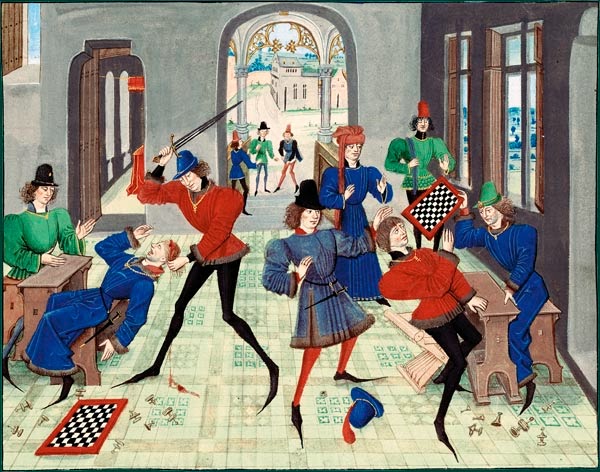
A chess game gone wrong. Painting by Renaud de Montauban Bruges, 1462-1470. (Photo Credit: The Historic Game Shop)
Medieval fashion wasn’t always about practicality. Shoes in the Middle Ages could be as long as two feet, with elongated toes that curled up dramatically. These impractical designs often required the wearer to tie the ends to their ankles to avoid tripping. Fast forward to today where there are a plethora of the weird shoes from which to choose, like shoes inspired by the sculptural work of Ursula Cormandidel to those inspired by hamburgers and cake. Want a good giggle? Click the link to see for yourself: boredpanda.com/weird-shoes.
FASHION’S FIRST LOGO
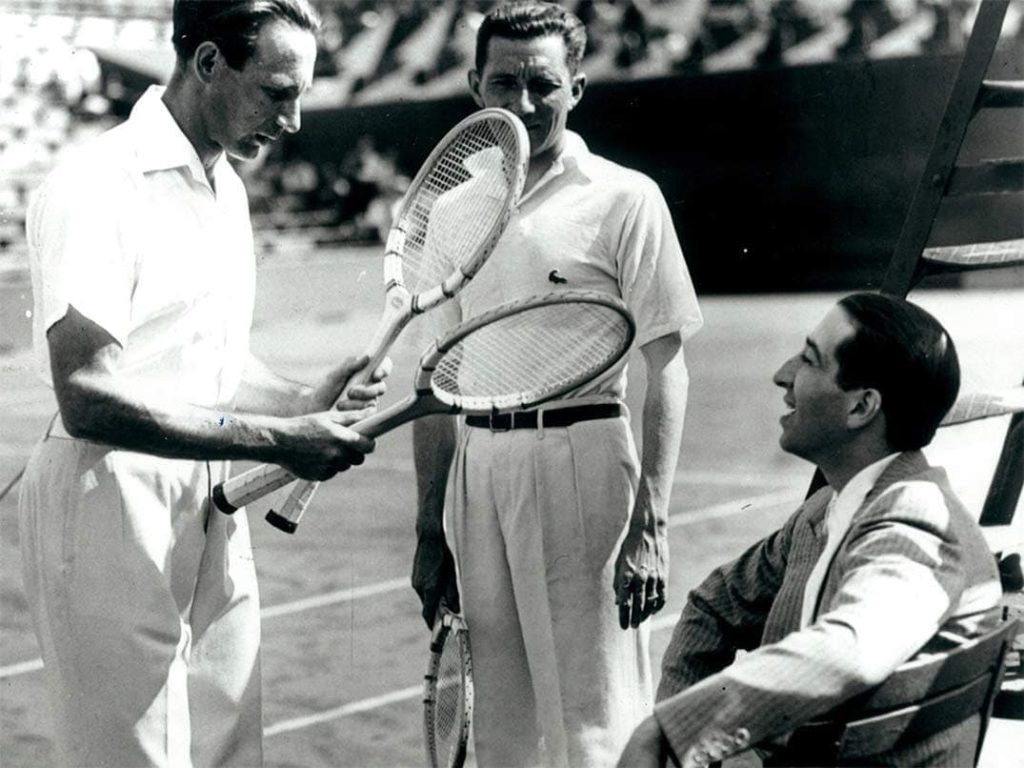
René Lacoste was dressing friends and family in his logo polo shirt during international matches. (Photo Credit: Lacoste)
The first known fashion logo was a crocodile that appeared on a Lacoste shirt in 1933. René Lacoste, the French tennis champion, earned the nickname The Crocodile, due to his tenacity on the court. This emblem not only marked a pioneering moment in branding, but also set the stage for a modern logo-centric fashion world. Wouldn’t René be freaked out and proud at the same time to see the number of logos at the Paris Olympics 2024? Talk about a trendsetter.
SWIM ATTIRE
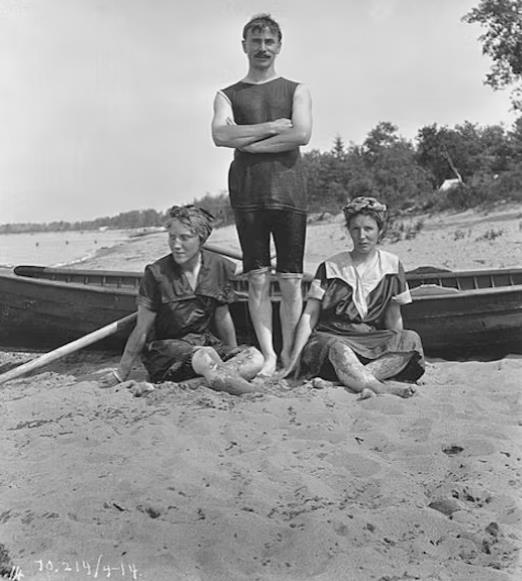
Swimsuits from the 1910s. (Photo Credit: Bustle)
As recent as the early 20th century, women wore cumbersome bathing dresses made out of wool. Yes, wool! And men donned one-piece swimming ‘costumes’. These modest outfits are a far cry from where swimwear would soon evolve. For women: one-piece swimsuits, tank swimsuits, bikinis, monokinis, tankinis, skirted one-piece suits & two-piece suits, bandeau suits, thong suits, string bikinis, and lest we forget…topless? And for men: swim trunks, swim briefs, cossies, swimmers, speedos, budgie smugglers, bathers, togs, micro string bikinis, jammers and board shorts. We’ve come a long way baby!
LIVE CHAMELEONS AS JEWELRY
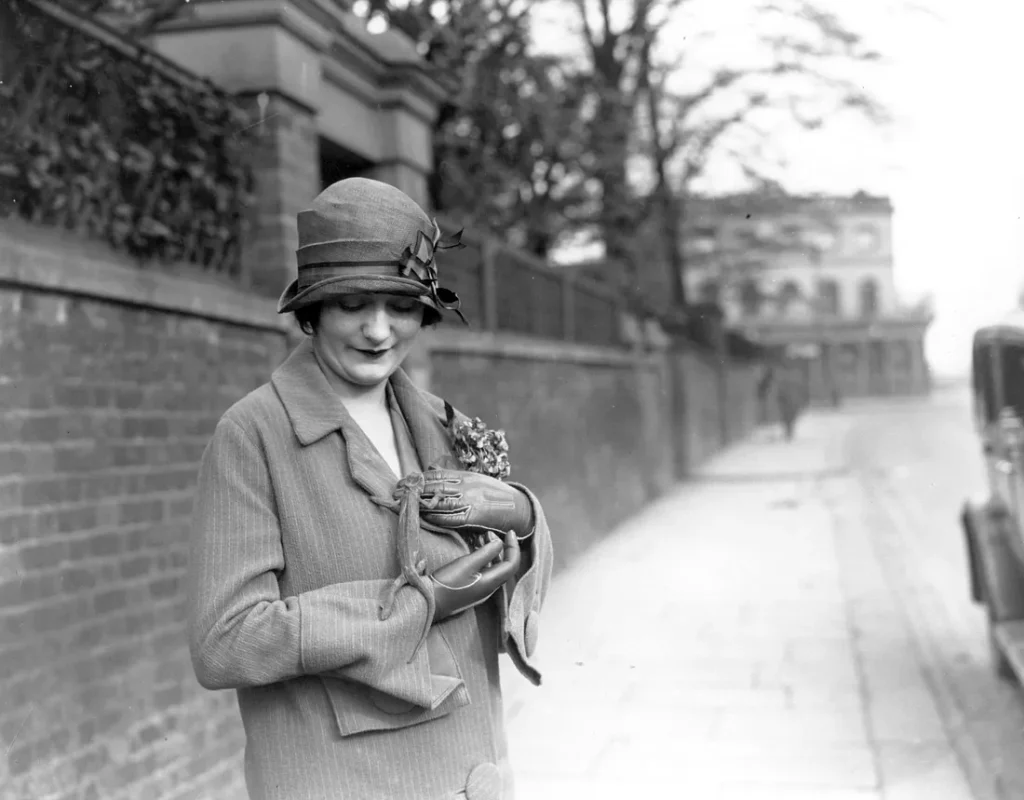
A woman with the latest fashion accessory, a chameleon. (Photo Credit: Getty Images)
Imagine accessorizing with a living creature! In 1894, New Yorkers sported chameleons as living jewelry. These fashionable pets were pinned to clothing and considered quite the statement piece, showcasing the wearer’s unique sense of style and taste for the exotic. PETA would definitely take issue with this trend today, as would the U.S. Fish and Wildlife Service with their strict laws against using Wildlife in the Jewelry Trade. But, did you know that in China, live animals, such s turtles, goldfish and salamanders, are sold as keychains and necklaces? Are we even surprised?
MENS’ ‘BOLD’ FASHION STATEMENTS
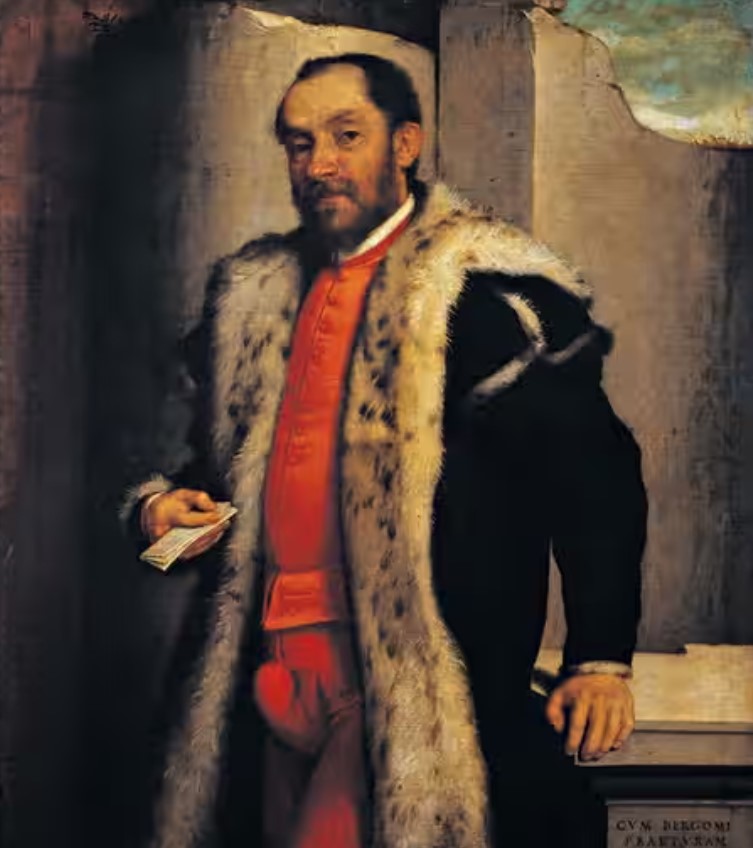
Portrait of Antonio Navagero by Giovanni Battista Moroni. (Photo Credit: Rex)
During the Tudor period (1485–1603) men wore overly stuffed codpieces to create the illusion of a larger-than-life erection. This provocative fashion statement was not just about virility, but also a display of wealth and bravado. Fast forward to the Paris 2024 Olympics when Anthony Ammirati, a French pole-vaulter, could not qualify to the finals after falling short in the qualifying round because his private part bulge touched the crossbar, sending him tumbling down. Fun Fact, he was later offered a $250,000 contract from the adult entertainment company CamSoda.
PERFUMED HATS
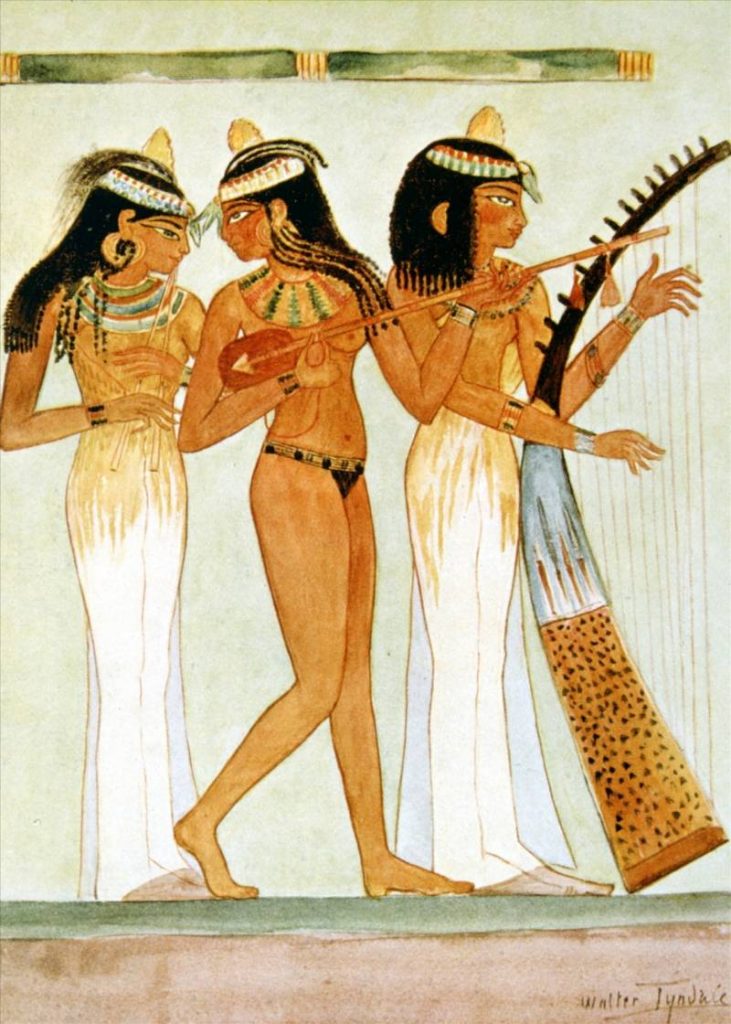
In Egypt, musicians and dancers had their own professional clothing. Reproduction of 1910 from one of the ancient Egyptian frescoes. (Photo Credit: Cairo museum)
Ancient Egyptian women had a unique approach to personal fragrance – they wore hats made of perfumed animal fat. As the fat melted in the heat, it released a pleasant aroma, masking any body odor—a practical yet unusual solution to the sweltering climate. It wasn’t long before perfumed lockets, pendants, and breathing necklaces became popular. By adding 2-3 drops of your favorite perfumed oil to a felt pad in the locket or poured directly into a vessel attached to a necklace or bracelet, you could create both a calming source to eliminate stress and a decorative piece of jewelry!
QUEEN VICTORIA’S BRIDAL INFLUENCE
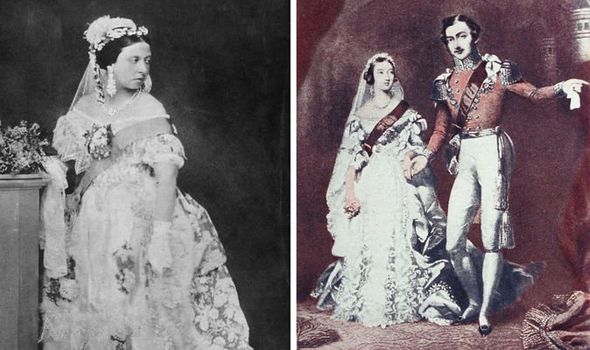
Queen Victoria set one incredible trend – and every bride has followed since. (Photo Credit: Getty)
The Greeks used white robes to symbolize youth, joy and purity, but did you know that it was Queen Victoria who started the trend of wearing white as a wedding dress? Before her 1840 wedding to Prince Albert, brides typically wore their best dress in almost any color, with black and red being the most popular choices. White was actually regarded as the color of mourning and still is in many cultures. However, Victoria’s choice of white, transformed it into the symbol of purity and bridal elegance that we know today. Interestingly, red is still the most popular color in Indian and Chinese weddings and symbolizes prosperity, joy, passion and love. While today, most brides choose white or ivory for their big day, there has been a trend of late to wear soft colors such as pink, peach and mint green. Of course the Goth bride will always choose black.
I hope you love these little fashion history tidbits as much as we love researching them. Remember, everything old is new again!
CARE TO SHARE YOUR FAVORITE FASHION HISTORY MOMENTS?
-------------------------------------
By: Antonia Sardone
Title: Part 2: FASHION HISTORY & OTHER FUN FACTS
Sourced From: www.universityoffashion.com/blog/fashion-history-other-fun-facts-part-2/
Published Date: Sat, 10 Aug 2024 23:55:35 +0000
Read More
 FestivalsMusicNew ReleasesArtistsFashion & ClothingVideosPrivacy PolicyTerms And Conditions
FestivalsMusicNew ReleasesArtistsFashion & ClothingVideosPrivacy PolicyTerms And Conditions
